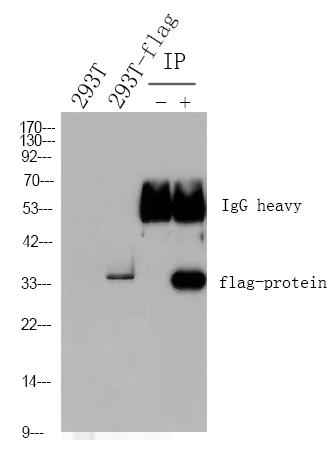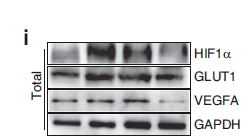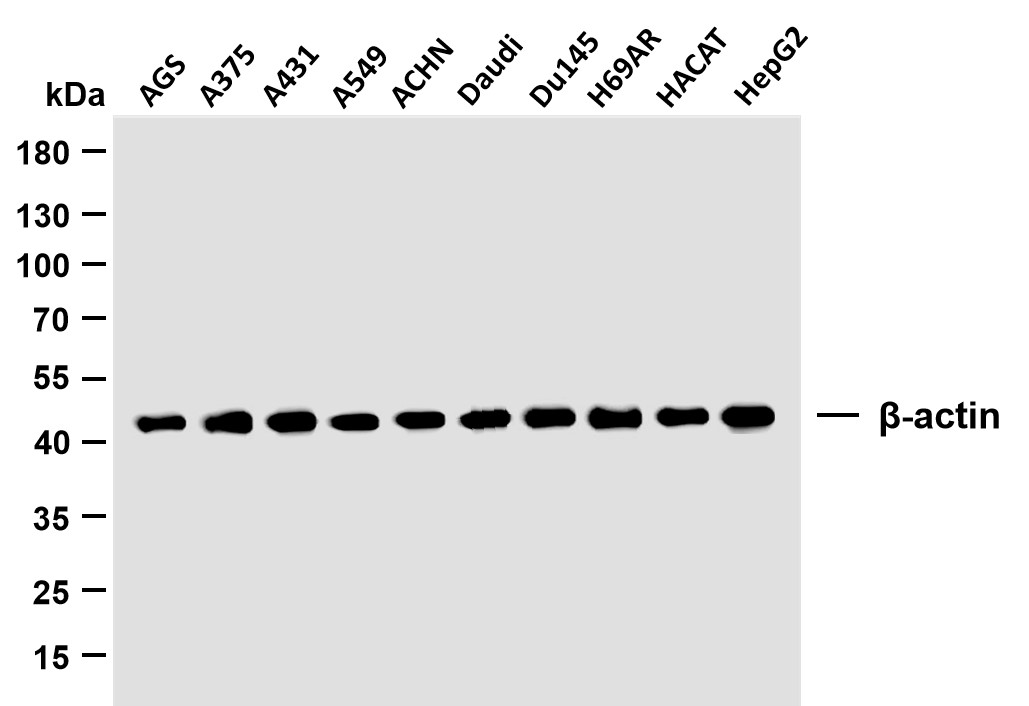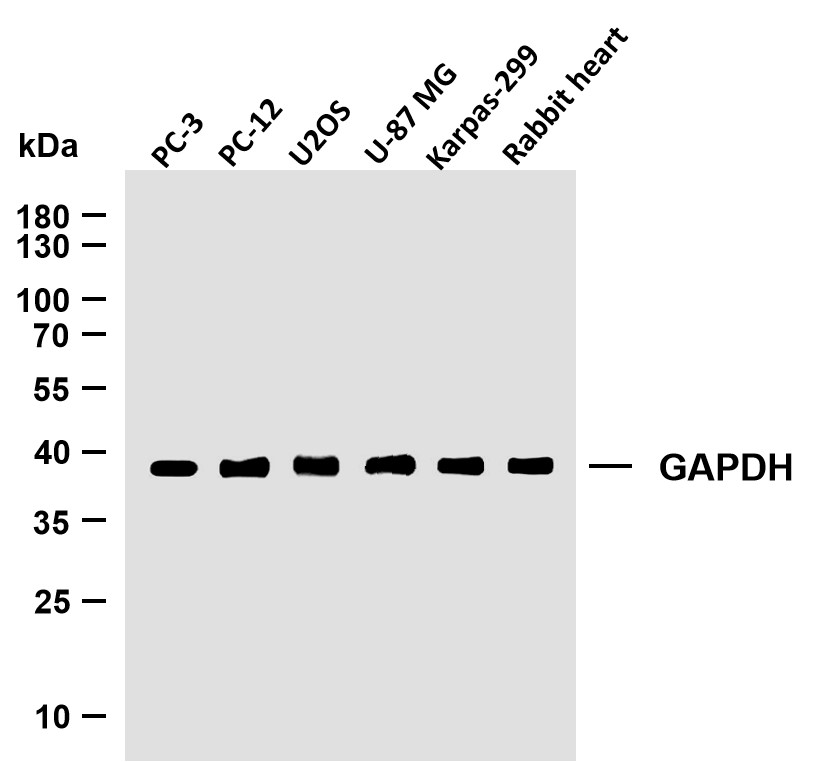
Catalog: YT6800
Size
Price
Status
Qty.
200μL
$450.00
In stock
0
100μL
$280.00
In stock
0
40μL
$150.00
In stock
0
Add to cart


Collected


Collect
Main Information
Target
SMS1
Host Species
Rabbit
Reactivity
Human, Mouse, Rat
Applications
WB, ELISA, IHC
MW
46kD (Calculated)
Conjugate/Modification
Unmodified
Detailed Information
Recommended Dilution Ratio
WB 1:500-2000; IHC 1:50-300; ELISA 1:2000-20000
Formulation
Liquid in PBS containing 50% glycerol, 0.5% BSA and 0.02% sodium azide.
Specificity
This antibody detects endogenous levels of SMS1 at Human/Mouse/Rat
Purification
The antibody was affinity-purified from rabbit antiserum by affinity-chromatography using epitope-specific immunogen.
Storage
-15°C to -25°C/1 year(Do not lower than -25°C)
Concentration
1 mg/ml
MW(Calculated)
46kD
Modification
Unmodified
Clonality
Polyclonal
Isotype
IgG
Related Products
Antigen&Target Information
Immunogen:
Synthesized peptide derived from human SMS1 AA range: 156-206
show all
Specificity:
This antibody detects endogenous levels of SMS1 at Human/Mouse/Rat
show all
Gene Name:
SGMS1 MOB SMS1 TMEM23
show all
Protein Name:
SMS1
show all
Database Link:
Background:
The protein encoded by this gene is predicted to be a five-pass transmembrane protein. This gene may be predominately expressed in brain. [provided by RefSeq, Jul 2008],
show all
Function:
Catalytic activity:A ceramide + a phosphatidylcholine = a sphingomyelin + a 1,2-diacyl-sn-glycerol.,enzyme regulation:Inhibited by bacterial PC-phospholipase C inhibitor D609.,Function:Bidirectional lipid cholinephosphotransferase capable of converting phosphatidylcholine (PC) and ceramide to sphingomyelin (SM) and diacylglycerol (DAG) and vice versa. Direction is dependent on the relative concentrations of DAG and ceramide as phosphocholine acceptors. Directly and specifically recognizes the choline head group on the substrate. Also requires two fatty chains on the choline-P donor molecule in order to be recognized efficiently as a substrate. Does not function strictly as a SM synthase. Suppresses BAX-mediated apoptosis and also prevents cell death in response to stimuli such as hydrogen peroxide, osmotic stress, elevated temperature and exogenously supplied sphingolipids. May protect against cell death by reversing the stress-inducible increase in levels of proapoptotic ceramide. Required for cell growth.,miscellaneous:Overexpression of the human protein in mouse causes increased non-HDL-sphingomyelin and non-HDL cholesterol levels, decreased HDL-sphingomyelin and HDL-cholesterol levels and increases lipoprotein atherogenic potential.,sequence Caution:Unusual initiator. The initiator methionine is coded by a non-canonical CTG leucine codon.,similarity:Belongs to the sphingomyelin synthase family.,similarity:Contains 1 SAM (sterile alpha motif) domain.,tissue specificity:Brain, heart, kidney, liver, muscle and stomach.,
show all
Cellular Localization:
Golgi apparatus membrane ; Multi-pass membrane protein .
show all
Tissue Expression:
Brain, heart, kidney, liver, muscle and stomach.
show all
Research Areas:
>>Sphingolipid metabolism ;
>>Metabolic pathways ;
>>Sphingolipid signaling pathway
>>Metabolic pathways ;
>>Sphingolipid signaling pathway
show all
Signaling Pathway
Reference Citation({{totalcount}})
Catalog: YT6800
Size
Price
Status
Qty.
200μL
$450.00
In stock
0
100μL
$280.00
In stock
0
40μL
$150.00
In stock
0
Add to cart


Collected


Collect
Recently Viewed Products
Clear allPRODUCTS
CUSTOMIZED
ABOUT US
Toggle night Mode
{{pinfoXq.title || ''}}
Catalog: {{pinfoXq.catalog || ''}}
Filter:
All
{{item.name}}
{{pinfo.title}}
-{{pinfo.catalog}}
Main Information
Target
{{pinfo.target}}
Reactivity
{{pinfo.react}}
Applications
{{pinfo.applicat}}
Conjugate/Modification
{{pinfo.coupling}}/{{pinfo.modific}}
MW (kDa)
{{pinfo.mwcalc}}
Host Species
{{pinfo.hostspec}}
Isotype
{{pinfo.isotype}}
Product {{index}}/{{pcount}}
Prev
Next
{{pvTitle}}
Scroll wheel zooms the picture
{{pvDescr}}


















